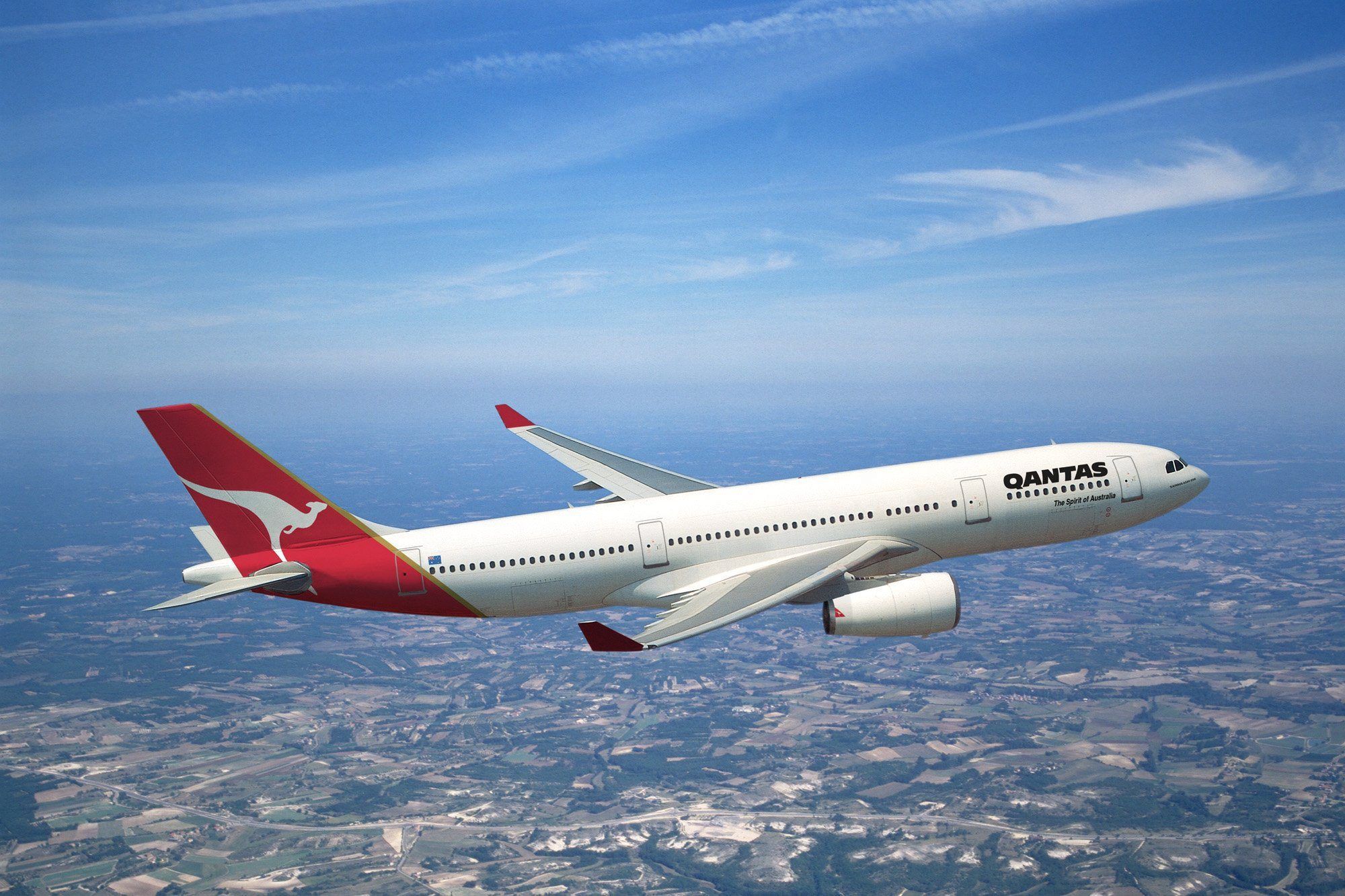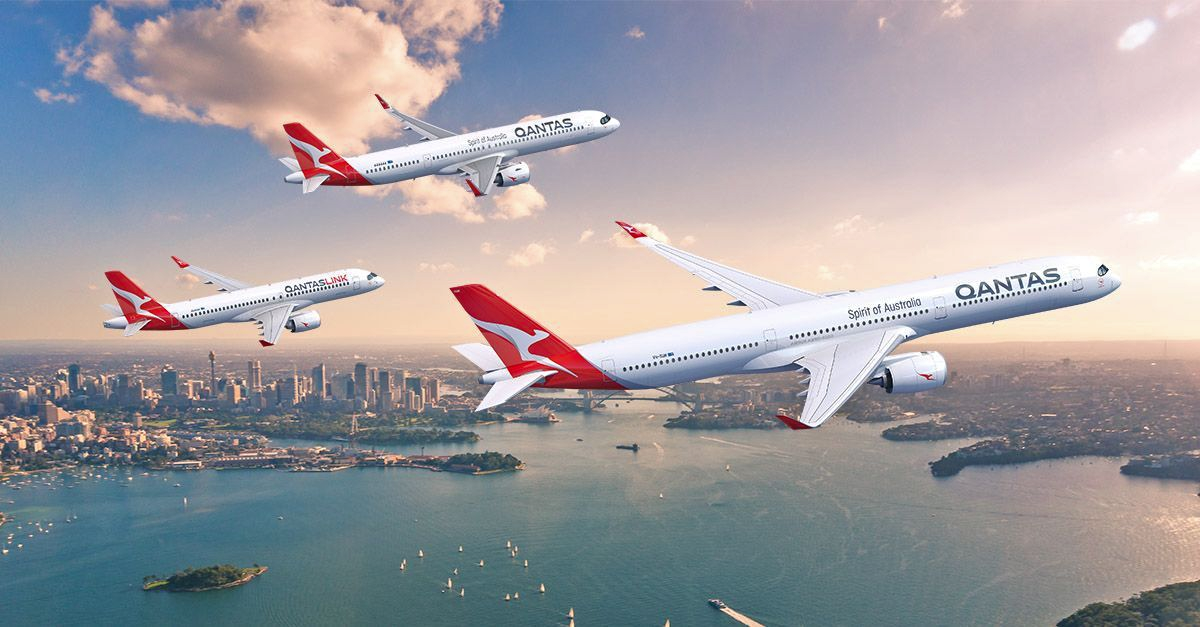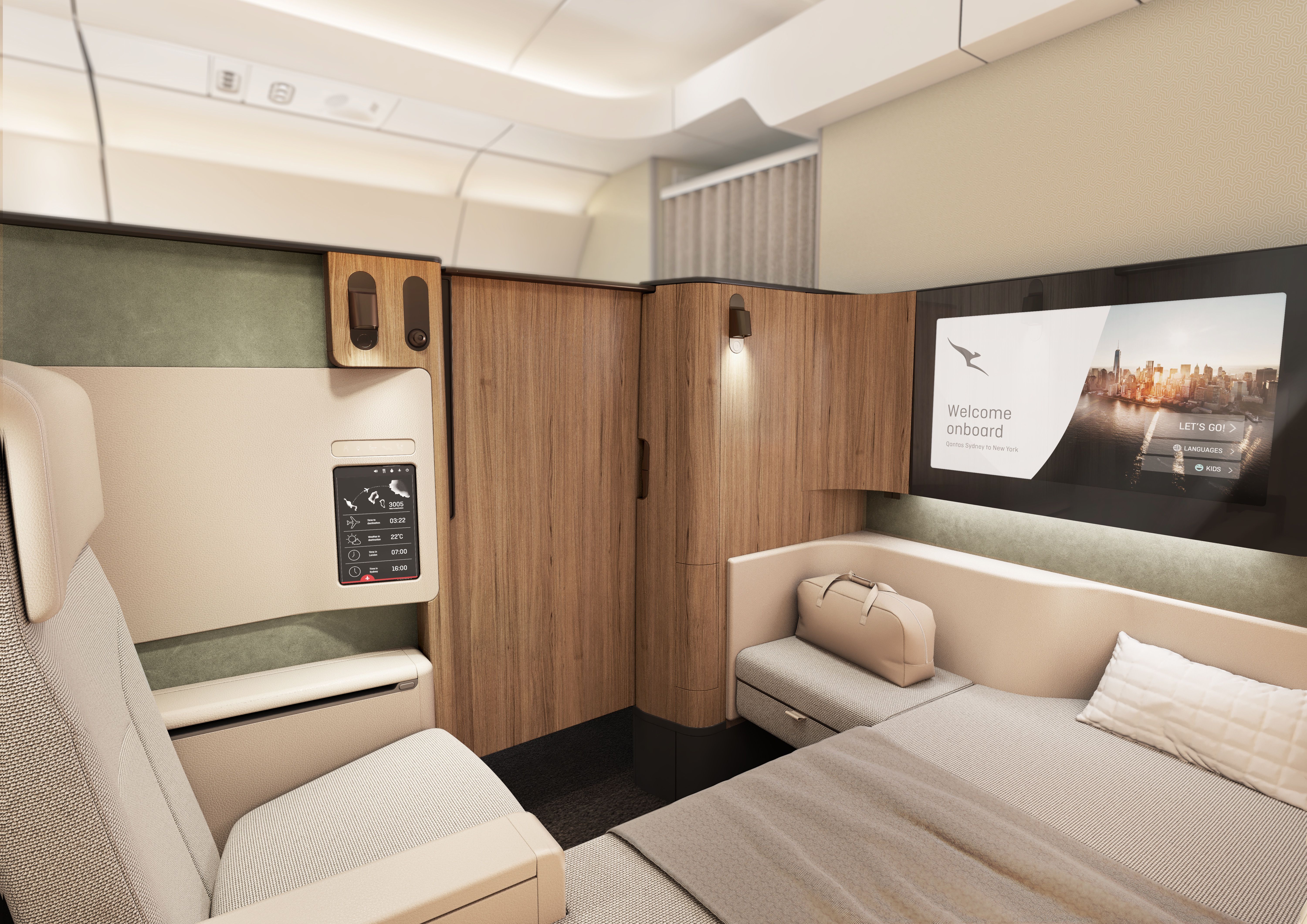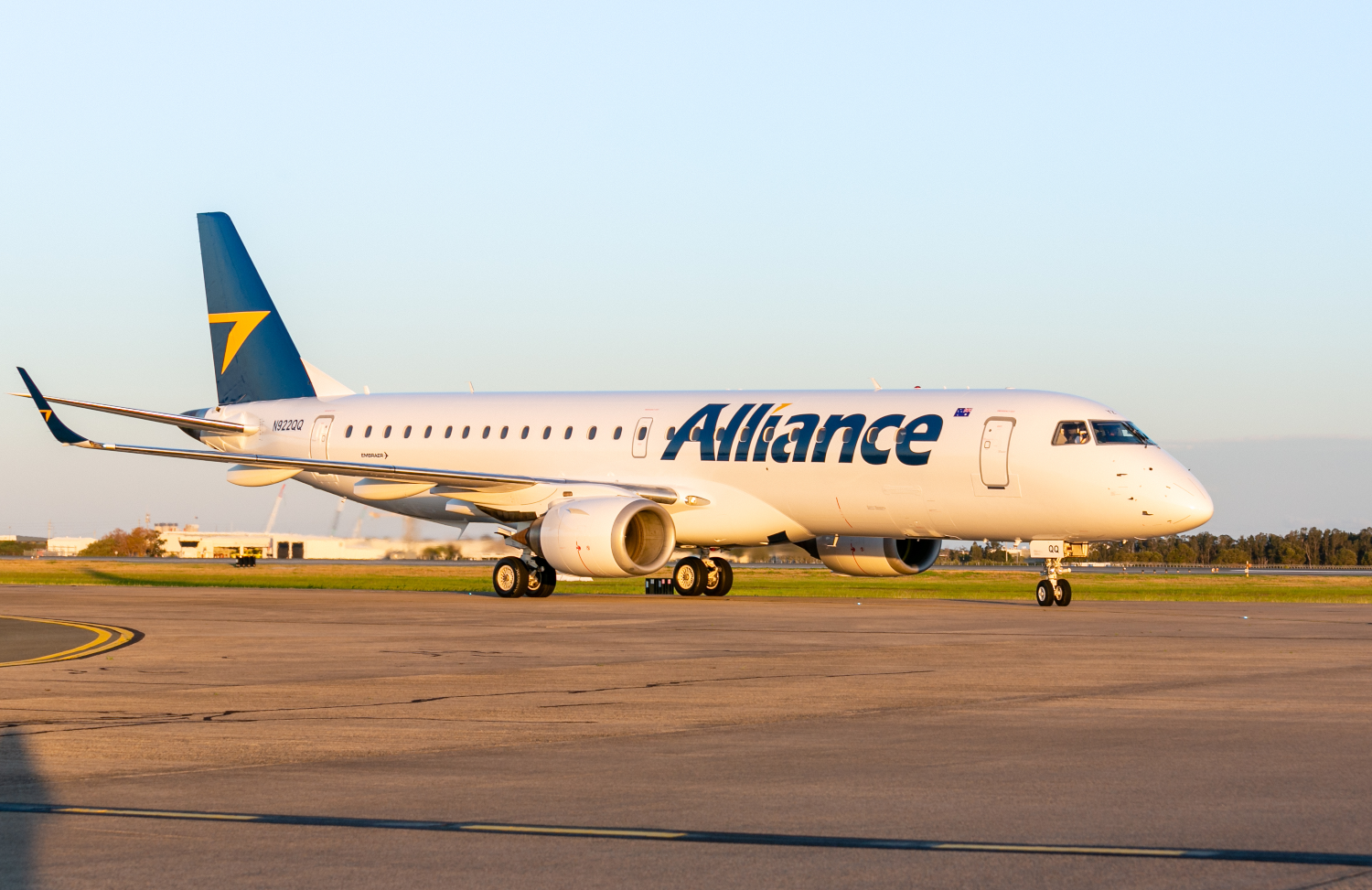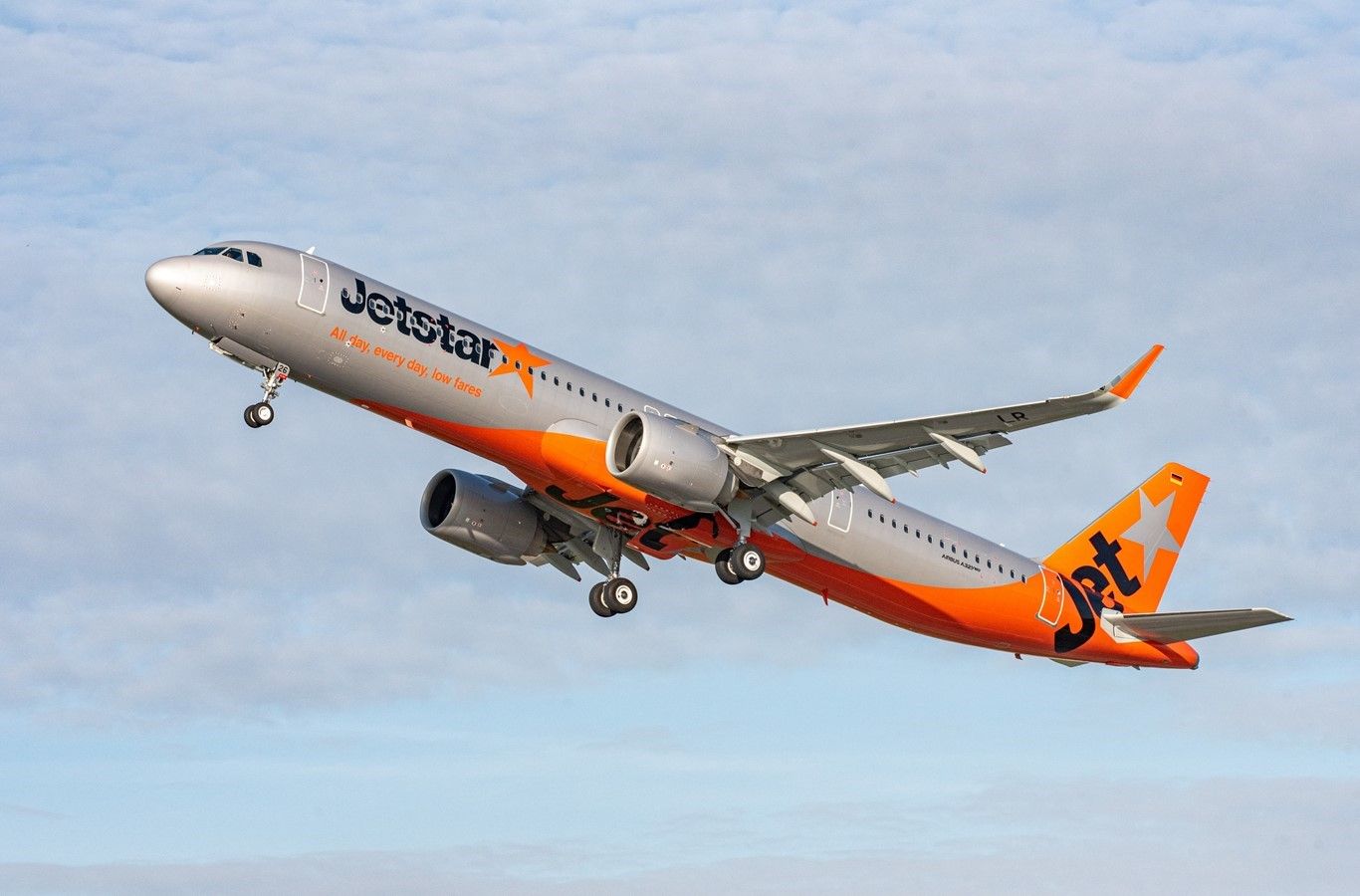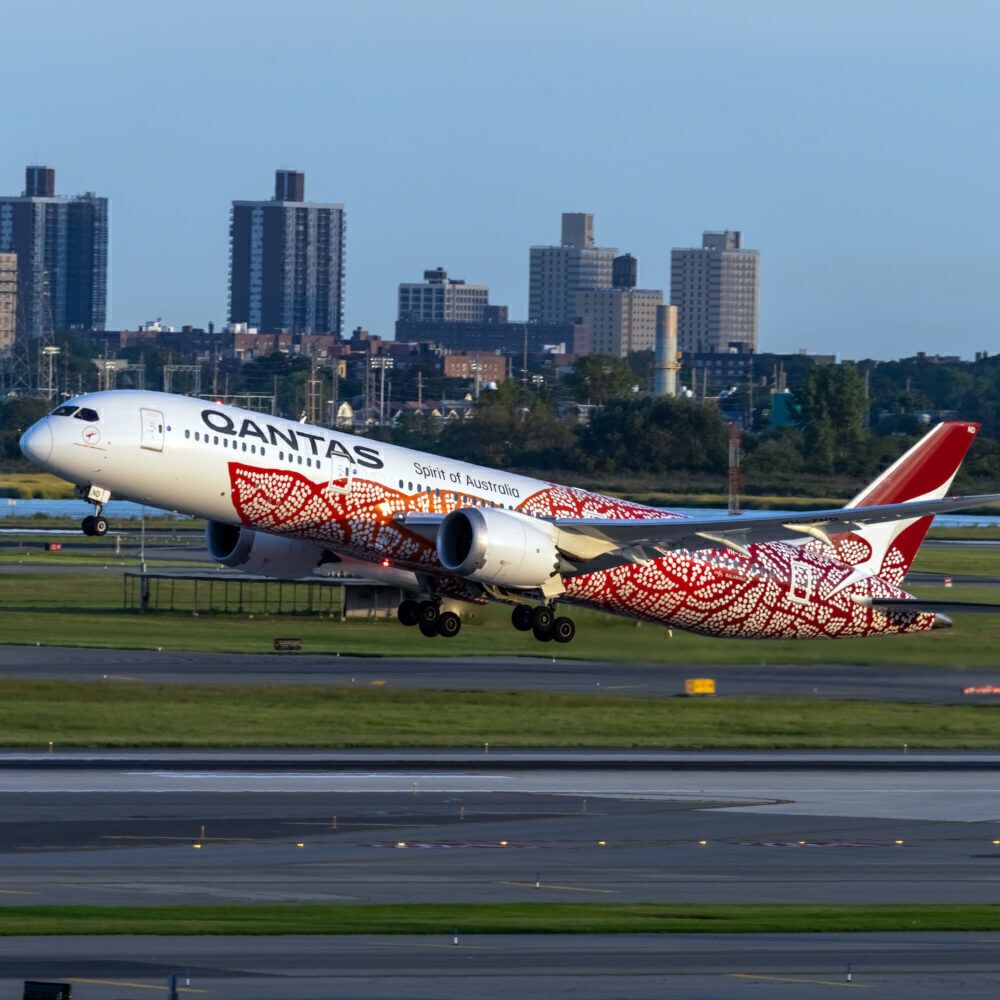After three years of gloom and doom, Australian commercial aviation is entering a new golden age. For the first time in decades, true competition is emerging in the market, heralded by the entry of Rex and now Bonza, who are shaking up the domestic market and adding new aircraft and routes.
Yesterday the nation's flag carrier Qantas announced an amazing half-year operating profit of AU$1.43 billion ($975.6 million), primarily built off the back of robust demand and high passenger loads. In almost the same breath, CEO Alan Joyce announced the airline would invest around AU$2.7 billion ($1.84 billion) this financial year (FY23) in capital expenditure, with a large chunk adding more aircraft.
A new aircraft every three weeks
Most of that is headed to Toulouse, with Qantas having orders and options with Airbus for up to 299 narrowbody aircraft and firm orders for 12 widebody A350s, the fleet destined for ultra-long-haul Project Sunrise. New aircraft began arriving last year, with Qantas Group subsidiary Jetstar inducting four Airbus A321LRs, now operating a mix of domestic and international routes. There are 12 more new aircraft arriving by December, with Joyce putting the pace of renewal into context:
"Overall, we're expecting a new arrival every three weeks on average for the next three years as we draw down on our Airbus order. That includes the A350 - the ultra-long range aircraft that we'll use for Project sunrise flights, flying direct from Australia's east coast to New York and London.
"Today, we're unveiling prototypes of the first and business class suites on those aircraft, which are the most luxurious seats we've ever had on a Qantas aircraft. They really will be a new era of travel."
However, Qantas is not immune to the supply chain delays at Airbus and Boeing, where it has orders for 787-9 Dreamliners, and the market is crying out for more capacity.
Adding capacity now to meet demand
To alleviate that, it is acquiring several mid-life Airbus A320-family aircraft for resources and freight customers, restoring capacity to Jetstar Asia, and firming up A220 orders. The new strategy includes the following:
- Five mid-life A319/320 aircraft to support the growth of the resources market in Western Australia, with delivery in mid-FY24.
- Two mid-life A320s for Jetstar Asia, to be delivered in the coming months and based in Singapore, restoring the fleet to its pre-COVID level.
- An additional three A321P2F freighters that will accelerate the cargo fleet renewal for delivery in FY25 and FY26.
- Exercising nine purchase options for new Airbus A220-300s for the domestic fleet, bringing firm A220 orders to 29 with the additional aircraft arriving during FY26 and FY27.
- Up to 12 additional Embraer E190s to be wet-leased from Alliance Airlines to provide more capacity in the domestic market.
Commenting on the mid-life aircraft, Joyce said that delivery delays meant that Qantas needed to find other ways to lift capacity in the short term, adding:
"Wet leasing more aircraft from Alliance Airlines will provide a very rapid injection of extra capacity domestically, but with plenty of flexibility to adjust that over time depending on what is happening in the market. Jetstar Asia shrank during the pandemic but with travel in Asia rebounding, now is the right time to put two aircraft back in."
Discover more aviation news for Australia and Oceania here
Oz passengers are in for a treat
This year, the 12 new aircraft that will arrive include seven Airbus A321LRs for Jetstar, two A220s for Qantas Domestic, and three Boeing 787-9s for Qantas International. While the plan to retire some aircraft may take a back seat until OEMs catch up with their backlogs, these 12 new aircraft will bring a multitude of seats into both the domestic and international markets over the next nine months.
The big winners will be customers, who have seen airfares rise to levels where they are starting to get out of reach. Apart from Qantas, Rex is adding two more Boeing 737-800s, Bonza has a fleet of four 737 MAX 8s and plans to add four more, and Virgin Australia will receive its first of eight 737 MAXs in a few months.
The supply and demand equation is shifting back towards the traveling public, and with prices already tumbling and new-generation aircraft arriving, 2023 looks like a good year for Australian travelers.
What do you think of the Qantas renewal update? Let us know in the comments.

